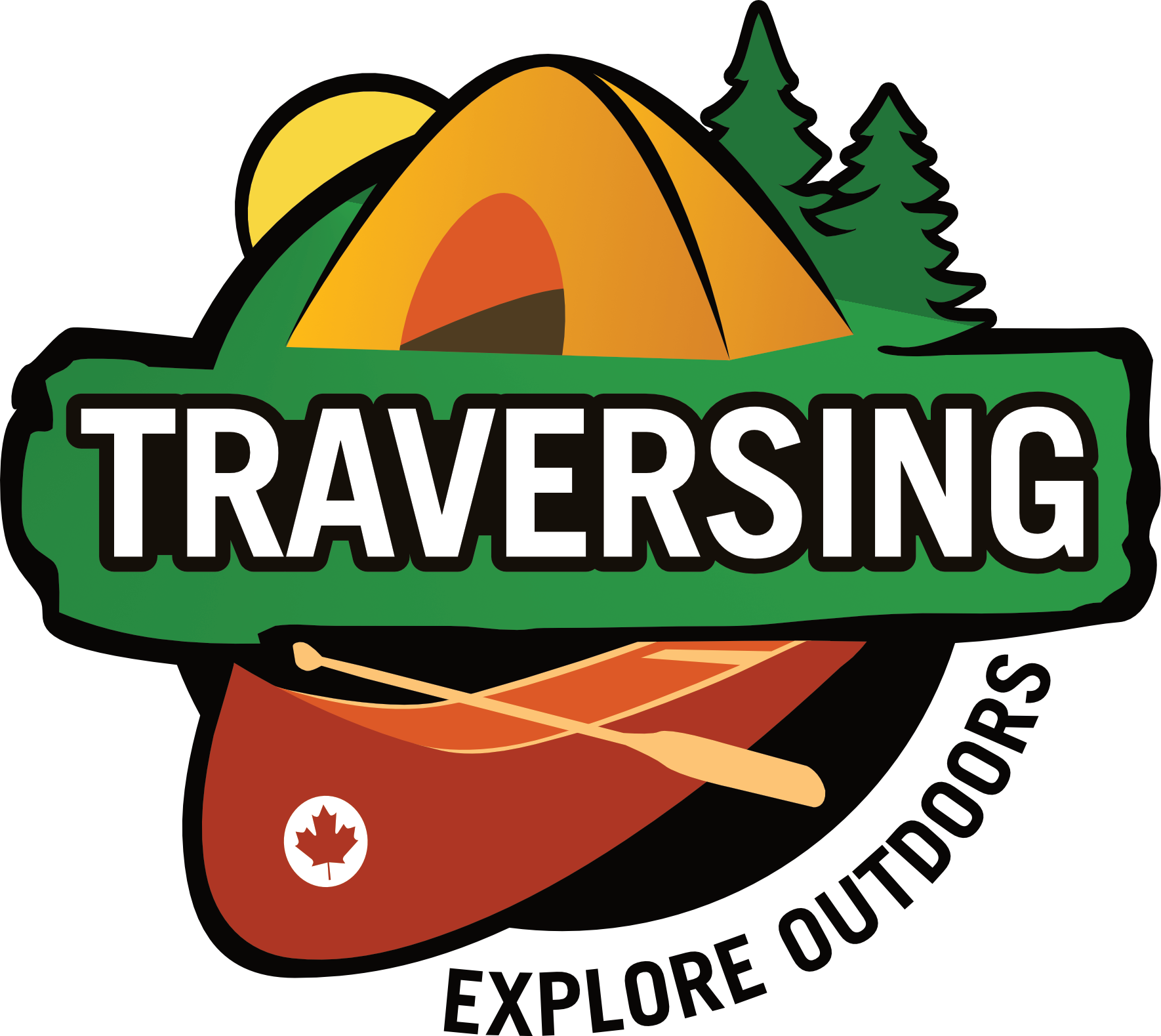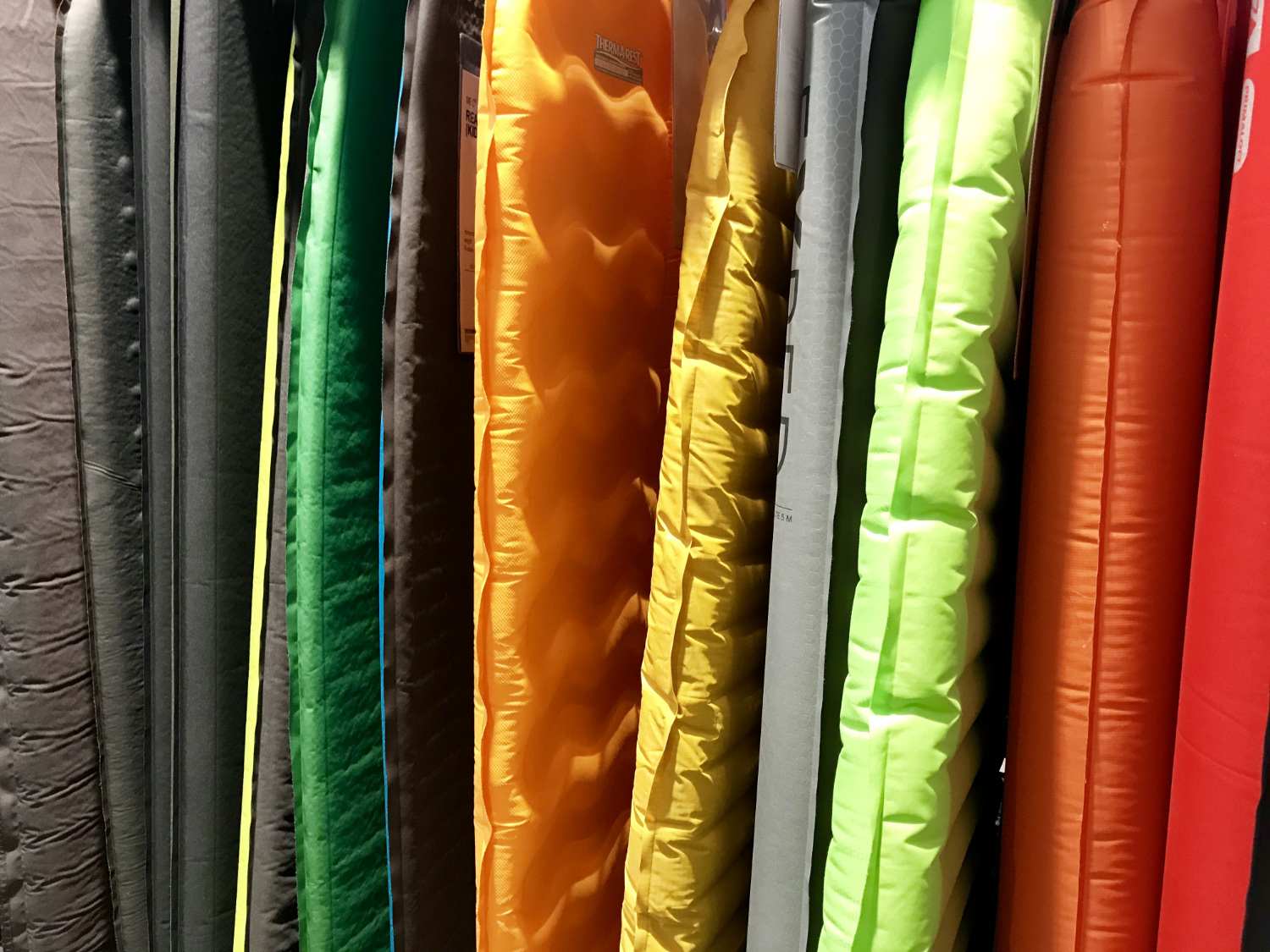MEC To Help Roll Out New R-Value Standards For Sleeping Pads

So you’re headed out on your first camping trip and you realize that you don’t want to sleep directly on the cold, hard ground. So you head into your local outdoors store and grab two sleeping pads to compare. Listed on the packaging is a ‘temperature rating’ which is supposed to give you a bearing. Sadly what you don’t know is that the ratings are inconsistent and don’t truly reflect the harsh reality of sleeping outdoors.
Thankfully a new standard has come out known as the ASTM R-Value and by using a "using a two-plate guarded hotplate apparatus under confined clamping force" the thermal resistance will be measured and tallied up for all new sleeping pads.
MEC will lead the way here in Canada (along with REI and Therm-a-Rest in the States) to bring Canadians the new standard by 2020. We had a few questions about the new standard and asked MEC for some clarification…
If the standardization is changing, what was wrong with it before?
Terry Straus, MEC Product Field Test Specialist: The new sleeping pad standard, ASTM F3340 – Camping Mattress Standard, was created so that sleeping pad testing could be standardized across the industry. The problem was across brands; not everyone was using the same standard so we couldn’t confidently compare R-values between brands. The new standard should create a level playing field for brand advertising and allow members to make educated decisions.
With the huge variance in temperatures during our four seasons, will this new standardization help the average camper who might not know what they need?
Terry Straus, MEC Product Field Test Specialist: Yes it will help the average camper. The new standardization will help equalize ratings across the industry so if a member looks at an MEC pad with R-value 3 and Thermarest pad with R-value 2.75, they would know the MEC pad is the outright warmer pad. Consumers may still want to lean on the expertise of MEC store staff because the buyer would still need to factor in the pad as part of a larger sleep system. For example, they’ll need to consider the warmth of their sleeping bag.
It will take a few years for brands to adopt testing under the new standard. While there are several laboratories and brands investigating the acquisition of the appropriate machinery, so far there are only three test machine set-ups built to the new standard and MEC has one of them.
Did you find companies were fibbing with their R-Value, or was there just not a sole value for everyone to compare to?
Terry Straus, MEC Product Field Test Specialist: Companies weren’t necessarily fibbing when it comes to publishing R-values. As mentioned above, they were able to choose which standard they would test to and they would likely choose the one that would consistently give their products the highest R-value.
Companies still aren’t required (ie not mandatory compliance) to use the new standard so there will be some variations in the future. However, MEC had stakeholders from most major brands involved in the development of the standard to assure that the “big brands” in the industry would adopt the standard in their future testing and product development.
Why did MEC decide to attack this problem?
John Shen, MEC Sr. Innovation & Standards Engineer: The ASTM/OIA working group approached MEC and wanted us to lead the work. We took on the challenge because we already had relevant experience, clear self demand and technical capabilities. We knew our members would benefit from this new standard testing tool and felt it was a meaningful way to contribute to the industry and strengthen our connection to innovative brands and organizations.







